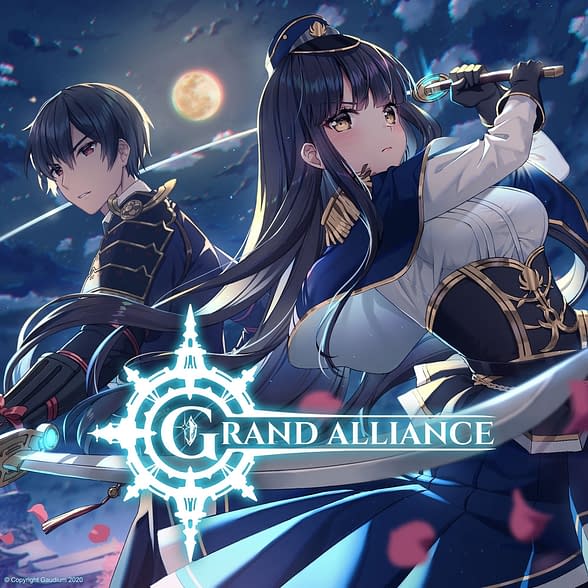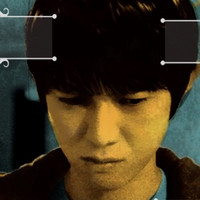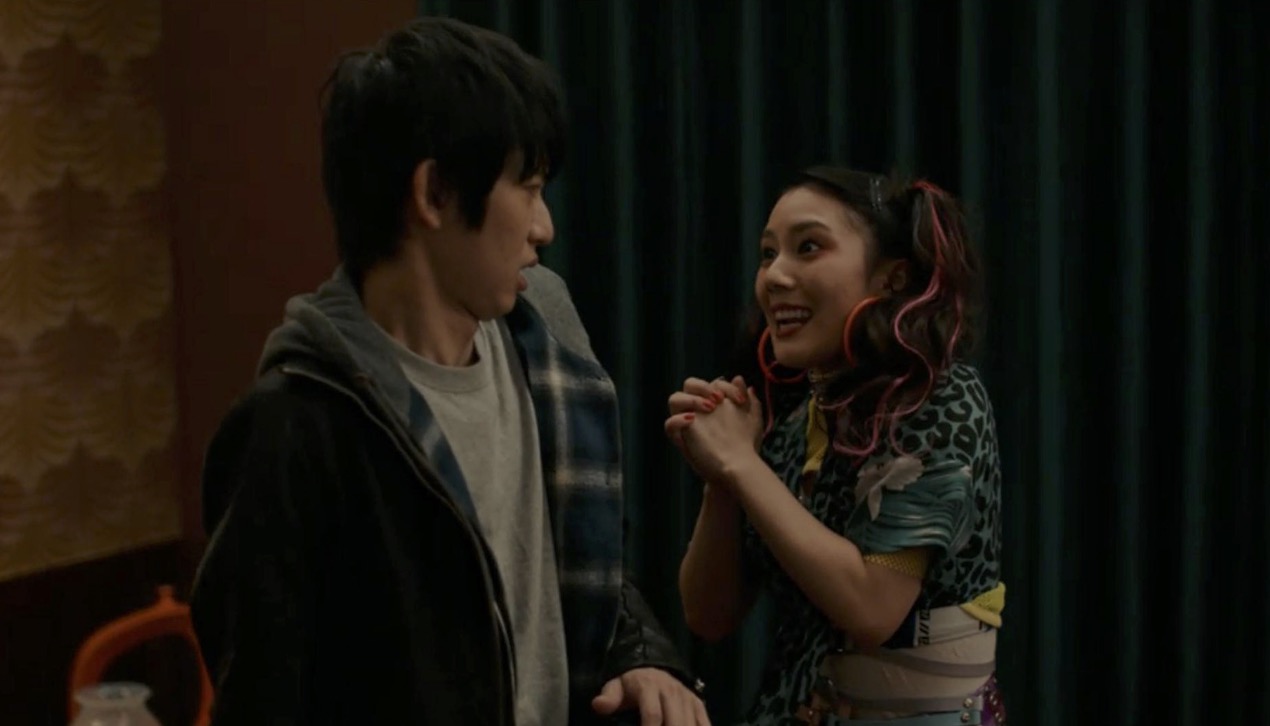Crunchyroll Games has officially launched its anime-inspired RPG Brawler mobile game Grand Alliance this week for iOS and Android. The game was originally announced clear back in April 2020, but beyond showing off some of the images and a little of the gameplay, it basically went into hiding for a moment like a lot of things did when COVID-19 was first sending people home. Now with a partnership with VIZ MEdia, the game is out for you to play. You'll have the chance to collect over 30 heroes across the four different class types: warrior, skirmisher, gunner, mage. All witht he objective of building a squad for combat based on their stats and skillset. All while following the story of Amelia, the last surviving princess of the empire, as she "aims to unite a nation torn apart by strife after her family's assassination." Enjoy the trailer below as you can play the game right now.

Grand Alliance is an anime style mobile RPG that takes place in a fantasy world on the brink of war. The Imperial family has been assassinated and a tyrant has taken over the Alcyon Empire, giving rise to power struggles between five noble houses. Follow the story of Amelia, the last surviving heir to the throne, as she aims to reunite a country divided by war and strife. Journey across the continent to gather new allies, uncover hidden mysteries of the world, and unite the nation under your banner. Control a team of three heroes in a squad-based RPG to clear dungeons and battles in real-time action combat. Customize your heroes with a variety of powerful equipment and mix-and-match your play styles with interchangeable skills that you collect throughout the game.










